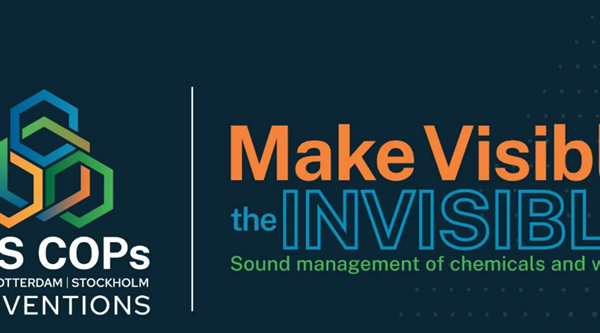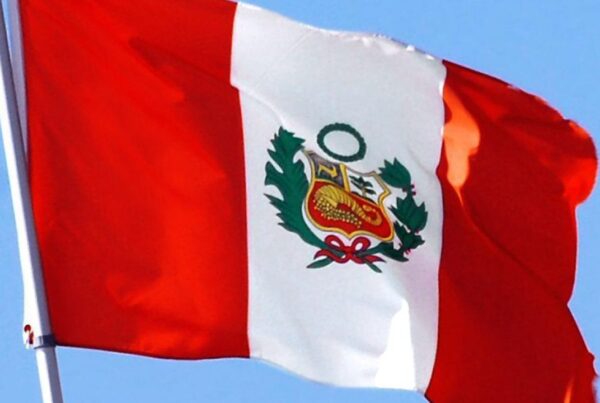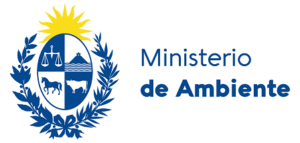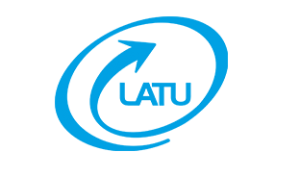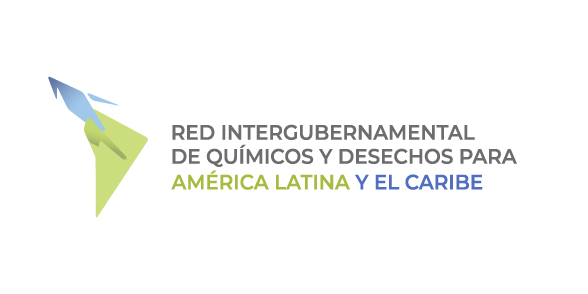
Este informe se ha elaborado en el marco de la Red Intergubernamental de Químicos y Desechos para América Latina y el Caribe, y su Plan de Acción regional. Resume los instrumentos más recientes y las tendencias sobre la gestión de sustancias químicas en el período 2021-2022, gracias al apoyo de los miembros gubernamentales de la Red, de la Oficina para América
Latina y el Caribe del Programa de las Naciones Unidas para el Medio Ambiente (PNUMA), que acoge la Secretaría de la Red, y del Centro Coordinador del Convenio de Basilea-Centro Regional del Convenio de Estocolmo para América Latina y el Caribe (BCCC-SCRC), con sede en Uruguay.
Este documento conto con la ayuda financiera de Suecia, a través de la Agencia Sueca de Cooperación Internacional para el Desarrollo (SIDA, por sus siglas en inglés), que ha sido organizada por la Agencia Sueca de Sustancias Químicas. Las opiniones aquí expuestas no deben considerarse como la opinión oficial de SIDA o de la Agencia Sueca de Sustancias Químicas.
Infografia-RedQuimicos-ES-clean
This report has been conducted within the framework of the Intergovernmental Network for Chemicals and Waste for Latin America and the Caribbean, and its regional Action Plan. A summary of the latest regulatory development in the region is presented, thanks to the support of national focal points of the Network, the Latin America and the Caribbean Office of the United Nations Environment Programme (UNEP), and the BaselConvention Coordinating Centre – Stockholm Convention Regional Centrefor Latin America and the Caribbean, (BCCC-SCRC), headquartered in
Uruguay.
This document has been conducted with the financial support of Sweden through the Swedish International Development Cooperation Agency (SIDA), and organized by the Swedish Chemicals Agency (KEMI). The views expressed herein should not be deemed as the official view of SIDA or KEMI.
Infografia-RedQuimicos-EN-2023




